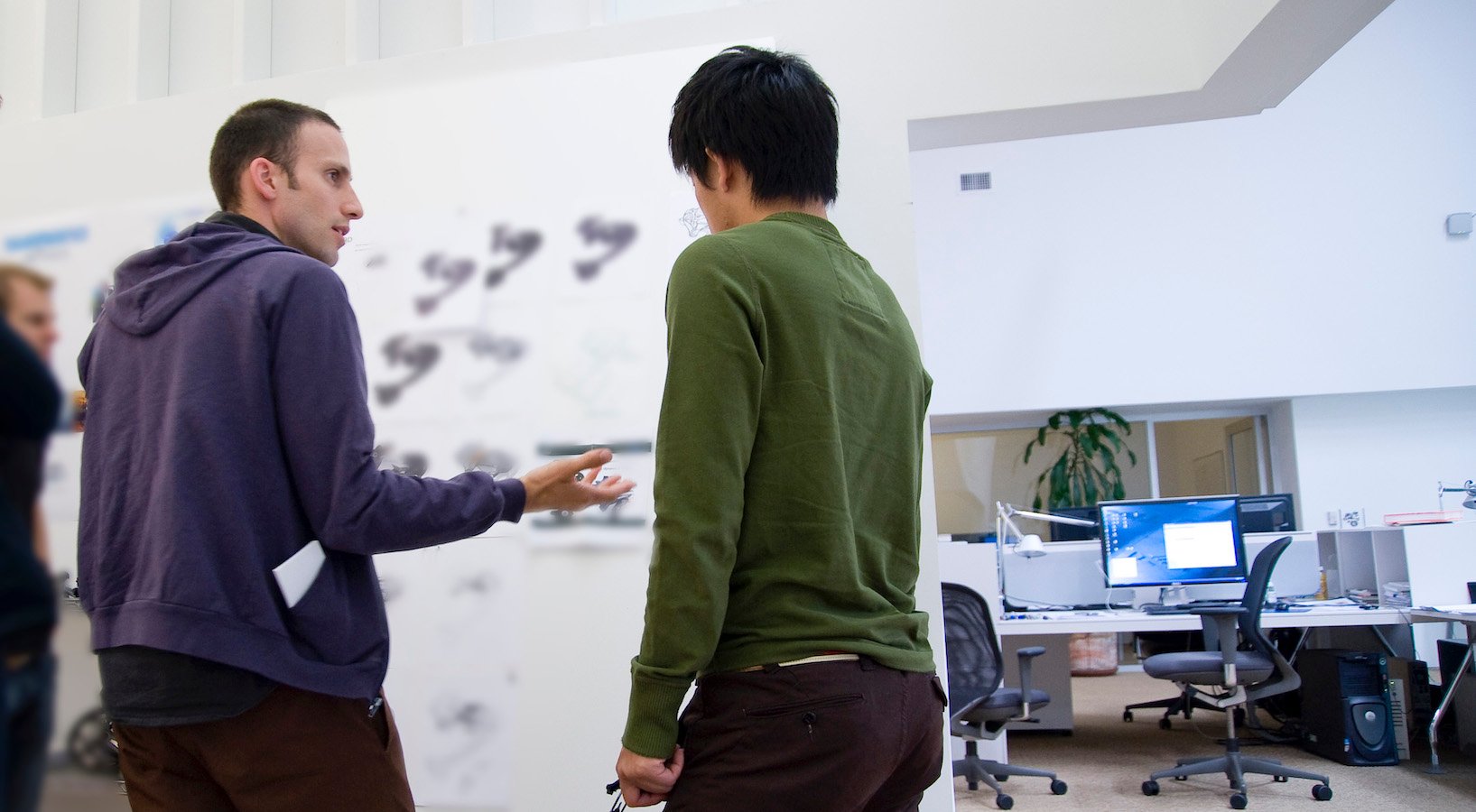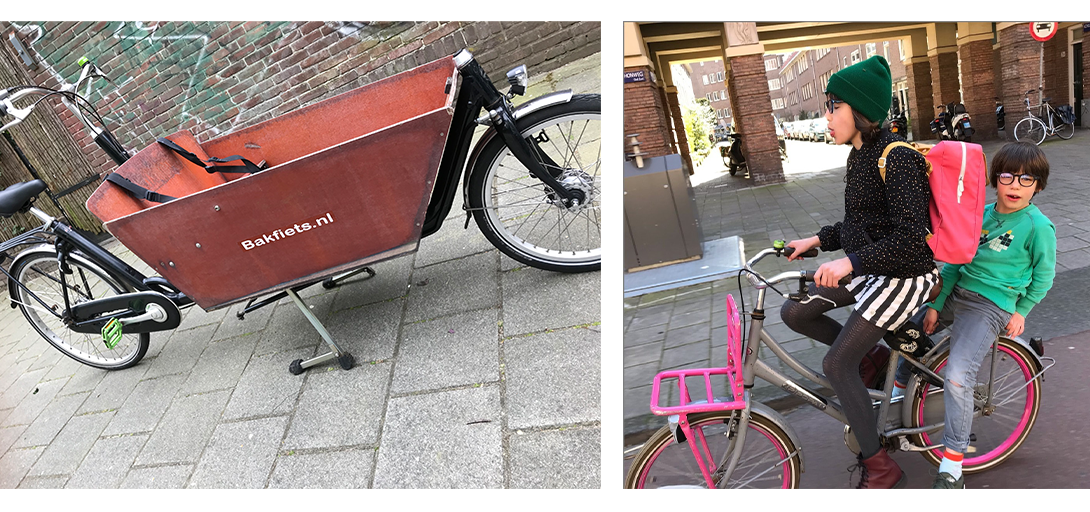Before joining Essential as a Principal Designer, Seth led client projects for BMW Designworks and held design leadership roles at Philips. He grew up in Philadelphia and received a Bachelors in Evolutionary Biology from the University of Pennsylvania before shifting gears to the product design world. After living and working in the Bay Area and Buffalo, New York, Seth completed his MS in Industrial Design at the Art Center College of Design in Pasadena, California. He worked as Senior Designer at BMWGroup Designworks, consulting on everything from consumer electronics to sporting goods to automotive equipment. Following his time at BMW, he lived and worked in the Netherlands, leading a team of designers at Philips responsible for personal care products for women.
What might people not know about you?
“I’ve had a wide range of jobs, starting as a dishwasher in a restaurant called "Noodles" when I was 16 and as a night manager of a bed and breakfast in Woodstock, Vermont. I even lived in an Airstream trailer one summer, helping to restore a timber frame church in Nova Scotia.”
You’ve lived and worked in different places across North America and Europe. Have you noticed any significant differences between the European and American design worlds?
“From a design perspective and from the standpoint of the products and experiences we are creating, the world is small and connected. Often, we work in one time zone, our designs are manufactured or developed in a second time zone, and our users are in a third. Design studios are filled with people from all over the world because we know that diverse viewpoints create more innovative and interesting solutions. This is true in the Netherlands, the United States, and other design communities across the globe.

Seth discussing design with a client.
What is different are the cultures we live and work in and how we talk about what we do. I worked with a Japanese client some years ago, and their mood boards were filled with references to nature and animals, while the designers from our California studio filled theirs with cars and human-made objects. The Dutch tend to have lots of discussion and opinion around decision making: they call this poldering, which refers to land that was reclaimed from the sea. The Dutch have worked cooperatively for hundreds of years building dykes to hold back seawater, and through the regular monitoring and communication required for maintenance, they have built a tradition of allowing all voices to be heard.
While the food we eat and our studio environments may differ, I don’t think that the products that we create always show these vast differences. They really reflect the brands they come from and what the users of the products are looking for, not the designers that created them."
People might also be surprised to find out that you studied Biology in college. How did you end up in design?
“I have taken a pretty diverse path to where I am now. Both of my parents were scientists, so as a child, I thought I would follow them into the “family business” and received a Bachelor's degree in Biology. In addition to being scientists, my parents were also “do-it yourselfers.” Weekends were spent working on the house or in the basement fixing something. Understanding how things work, and that objects need to be cared for has always been important to me.
Halfway through college, I was bored with the sterile world of books and labs, so I took some time off to explore. I ended up in Vermont working as a handyman on an organic farm and then apprenticed with a furniture maker. Finally, my parents convinced me to go back to school, but after this experience, I knew that I wanted to make things. When I was back in school, a friend of mine in the business school invited me to a guest lecture on product development. The speaker was from a design consultancy and the presentation he shared blew me away! This is when I discovered Industrial Design and realized what I wanted to do with my life.”
Biology and Industrial Design couldn't seem more different! Are there any commonalities between the two?
“At their core, what I found to be the most challenging and interesting aspect of biology, I also found in design: taking a complex system, breaking down the questions asked, and figuring out what is the problem to solve. While I love the challenge of defining and redefining a scientific problem or design brief, what keeps design fun is the emotional and creative side of crafting solutions. Balancing the rational and emotional aspects of a design project is what keeps me passionate about what I do.”
How do you approach your work?
“I try to approach each problem without preconceptions of the “right” solution. Using yourself as a proxy for the user can be a good starting point, but can also be a crutch for going out into the field and finding out how people actually use and experience things. There is no substitute for watching and talking to people!”
We hear you're really into bikes. There seems to be a large number of cyclists at Essential. Does this surprise you?
“I think most designers are either car people or bike people, and I fall on the bike side of the equation. Bikes are simple, useful, and beautiful. I lived in San Francisco for several years where I did a lot of road riding, including biking from San Francisco to Los Angeles. When I lived in Southern California, I got into mountain biking and even did some cross-country racing with a very middle-of-the-pack but exciting race at Sea Otter.
My love for bikes transformed when living in the Netherlands. Getting around by bicycle is an integral part of life there. It’s not just an “activity” or a “sport”. (Although, it can be a big sport as well.) My family had a bakfiets (dutch for cargo bike) to cart our kids and groceries around the city - it's essentially the Dutch SUV. I rode a city bike with two kids seats on it that I would pedal my kids the 6 km (4 miles) to school every day, in all weather. They wore their helmets like other foreign kids for the first couple of years, but by the end of our six years there, they rode their bikes to school helmet-free. Both of my kids can now ride their bikes without their hands for longer than me!”

On the left: a bakfiet, or Dutch cargo bike, that Seth would use to bike his children around Amsterdam when they were toddlers. On the right: Seth's children as older and more experienced bicyclists.
Want to know more about Industrial Design at Essential?



